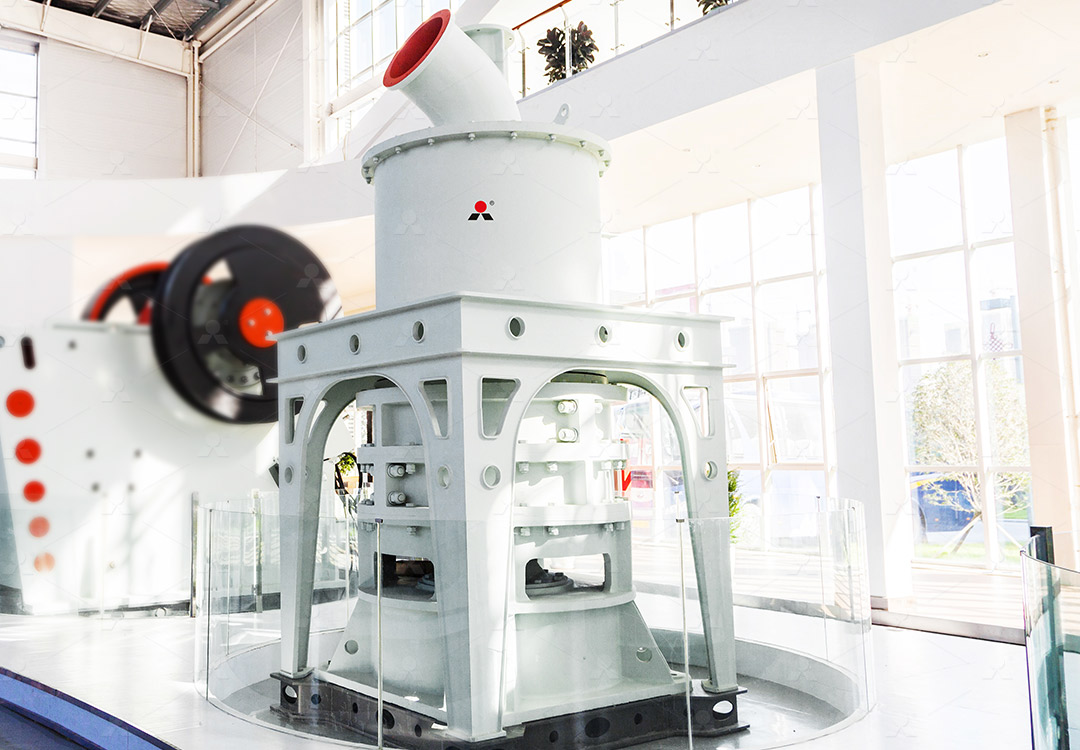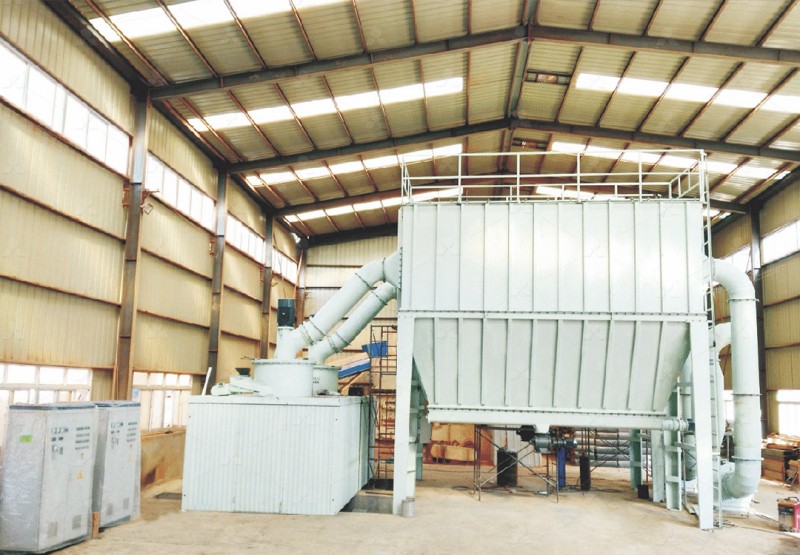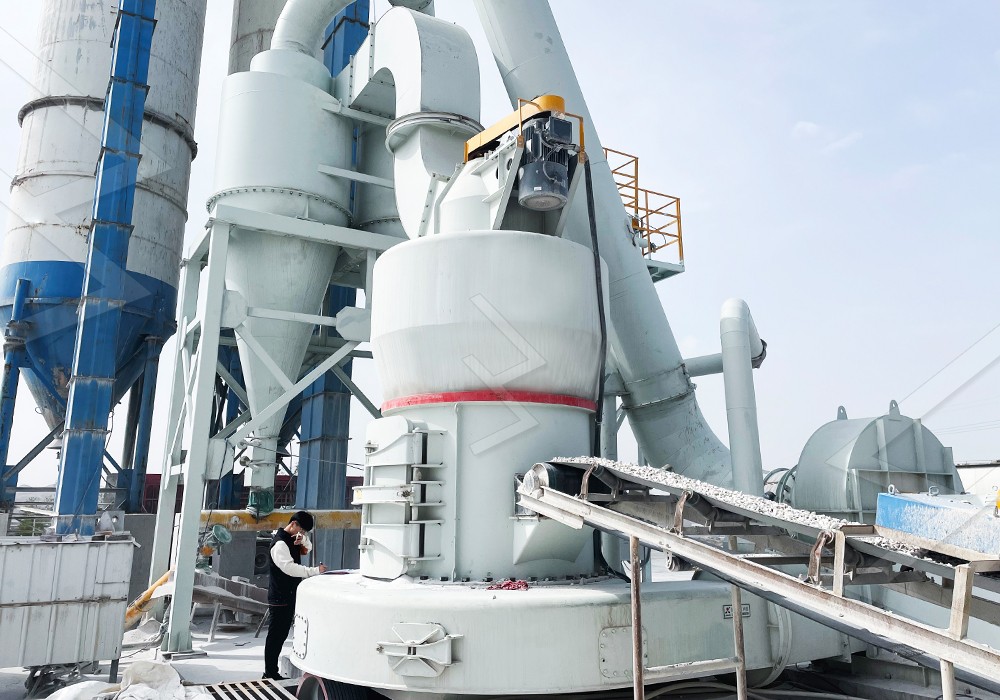High Purity Quartz Sand Grinding Mill Equipment Price Guide
We provide a wide range of mills — including Raymond mill, trapezoidal mill, vertical mill, ultrafine mill, and ball mill, obtained ISO9001 international quality certification, EU CE certification, and Customs Union CU-TR certification. Suitable for processing minerals such as limestone, phosphate, quicklime, kaolin, talc, barite, bentonite, calcium carbonate, dolomite, coal, gypsum, clay, carbon black, slag, cement raw materials, cement clinker, and more.
The discharge range of these mills can be adjusted to meet specific processing needs, typically from 80-400 mesh, 600-3250 mesh, and can achieve the finest particle size of up to 6000 mesh(D50).
If you are looking for a reliable grinding solution to turn stone or minerals into fine powder, please feel free to contact our online customer service.
Navigating the Cost of High Purity Quartz Sand Production
The journey to producing high-purity quartz sand is a precise and demanding one, where the choice of grinding equipment is paramount. The final product’s quality, characterized by its whiteness, chemical purity, and controlled particle size distribution, is directly influenced by the milling technology employed. Consequently, the price of grinding mills is not merely a reflection of manufacturing costs but a complex equation factoring in efficiency, operational stability, environmental compliance, and long-term reliability. This guide aims to demystify the pricing factors for these critical machines, helping you make an informed investment.
At the heart of any high-purity quartz operation is the need to minimize contamination. Traditional mills with numerous internal bearings and screws can introduce metallic impurities, compromising the product’s value. Furthermore, energy consumption represents a significant portion of operational expenditure, making efficiency a key driver of long-term cost savings. Modern mills address these concerns through advanced design, innovative material selection, and integrated classifying systems.

Key Factors Influencing Grinding Mill Prices
The price of a grinding mill for high-purity quartz sand is shaped by several core components:
- Grinding Mechanism and Precision: Mills offering superior fineness control, such as those capable of achieving 2500 meshes, command a higher price due to complex powder separator technology and precision machining.
- Energy Efficiency: Equipment that delivers higher yield per kilowatt-hour, often through optimized grinding curves and reduced air resistance, typically involves a greater initial investment but offers a faster return.
- Operational and Maintenance Design: Features like external lubrication systems, reversible rollers for easy maintenance, and the absence of internal rolling bearings reduce downtime and lifetime costs, impacting the initial price.
- Environmental and Safety Systems: Integrated pulse dust collectors and mufflers are no longer optional for modern facilities. Mills with comprehensive, built-in environmental protection systems will have a higher price point but ensure compliance and a cleaner workspace.
Recommended Solution for Ultra-Fine Quartz Production
For operations focused on the highest purity and finest powders, the MW Ultrafine Grinding Mill stands out as a premier choice. Engineered for customers who need to make ultra-fine powder, this machine is a testament to efficiency and cleanliness. It boasts a capacity range of 0.5-25 tph and can handle an input size of 0-20 mm. A key feature for quartz processing is its innovative design with no rolling bearings or screws in the grinding chamber, virtually eliminating iron contamination from mechanical wear. This is crucial for maintaining the high whiteness of quartz sand.
Furthermore, the MW Series achieves an adjustable fineness between 325-2500 meshes with high precision, thanks to its German-technology cage-type powder selector. Its higher yielding and lower energy consumption—reportedly 40% higher capacity than jet mills and 30% of the energy consumption—make it a cost-effective solution over its lifecycle. The machine is also equipped with an efficient pulse dust collector and muffler, ensuring the entire production process is eco-friendly and meets national environmental standards.

Another excellent option for high-grade powder is the LUM Ultrafine Vertical Grinding Mill. It integrates grinding, grading, and transporting with a unique roller shell and lining plate design that promotes easier material layer generation and a higher rate of finished products in a single pass. This results in improved whiteness and cleanliness. Its double position-limiting technology ensures exceptional operational stability, protecting the mill from vibrational damage.
Conclusion: Investing in Value, Not Just Equipment
Selecting the right grinding mill for high-purity quartz sand is a strategic decision. While the initial purchase price is a consideration, the total cost of ownership—encompassing energy use, maintenance frequency, product quality, and environmental compliance—is the true measure of value. Investing in advanced technology like the MW or LUM series translates to lower operational costs, superior product quality, and a smaller environmental footprint, ensuring your operation remains competitive and sustainable for years to come.
Frequently Asked Questions (FAQ)
Q1: What is the primary cost driver for an ultrafine grinding mill?
A: The primary cost drivers are the technological sophistication of the grinding and classifying system, the quality of materials used for wear parts, the level of automation, and the integration of environmental controls like dust collectors.
Q2: How does the MW Mill prevent iron contamination in quartz sand?
A: The MW Ultrafine Grinding Mill is designed with no rolling bearings or screws inside the grinding chamber. This design eliminates a major source of metallic wear and tear, thereby preventing iron contamination and preserving the purity and whiteness of the quartz sand.
Q3: Can these mills achieve different fineness levels for various product grades?
A: Yes, absolutely. Mills like the MW Series feature an adjustable cage-type powder selector, allowing operators to precisely control the product fineness, typically between 325 and 2500 meshes, to meet different market specifications.
Q4: Are these grinding systems energy-efficient?
A> Modern mills are designed with energy efficiency as a core principle. For instance, the MW Mill is reported to use only 30% of the energy of a traditional jet mill for the same output, and the LUM Mill reduces energy consumption by 30%-50% compared to common grinding mills.

